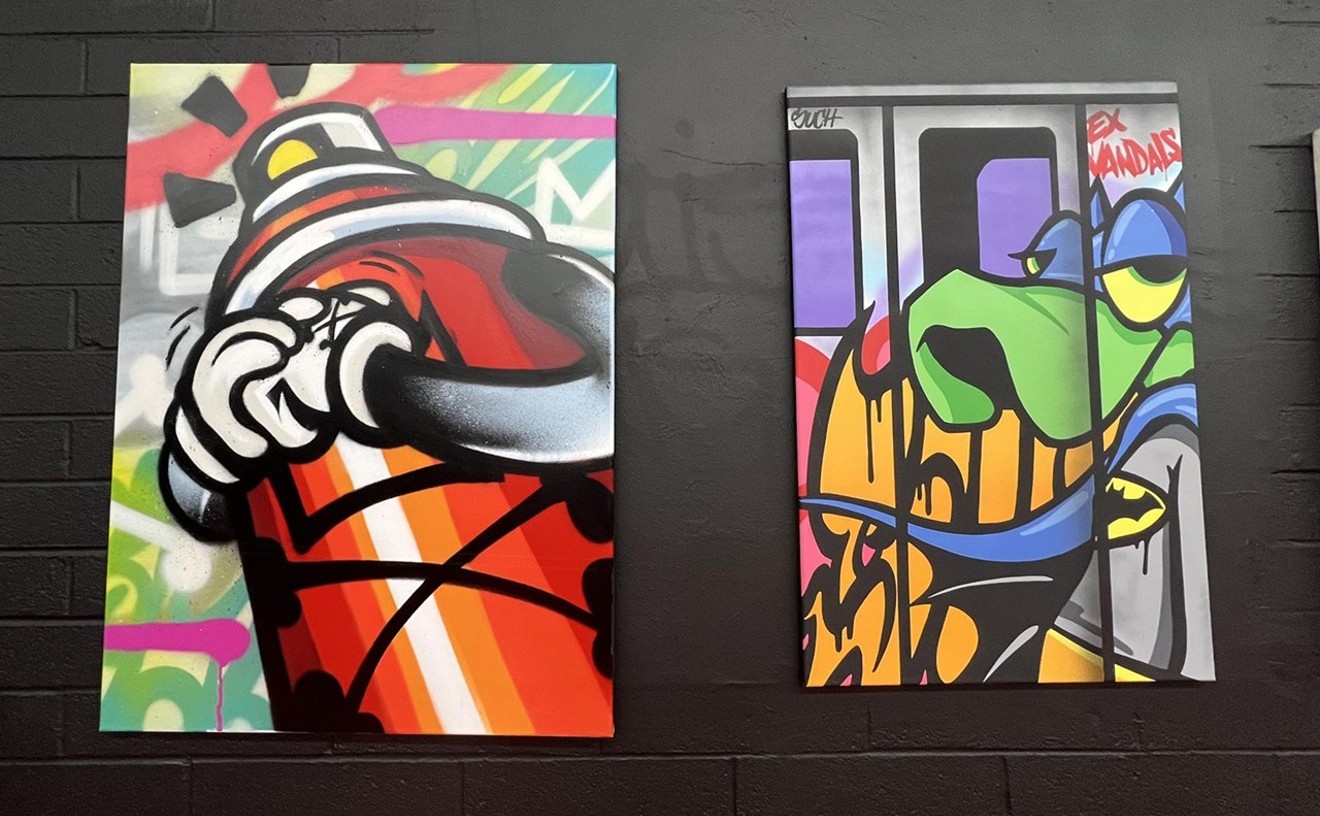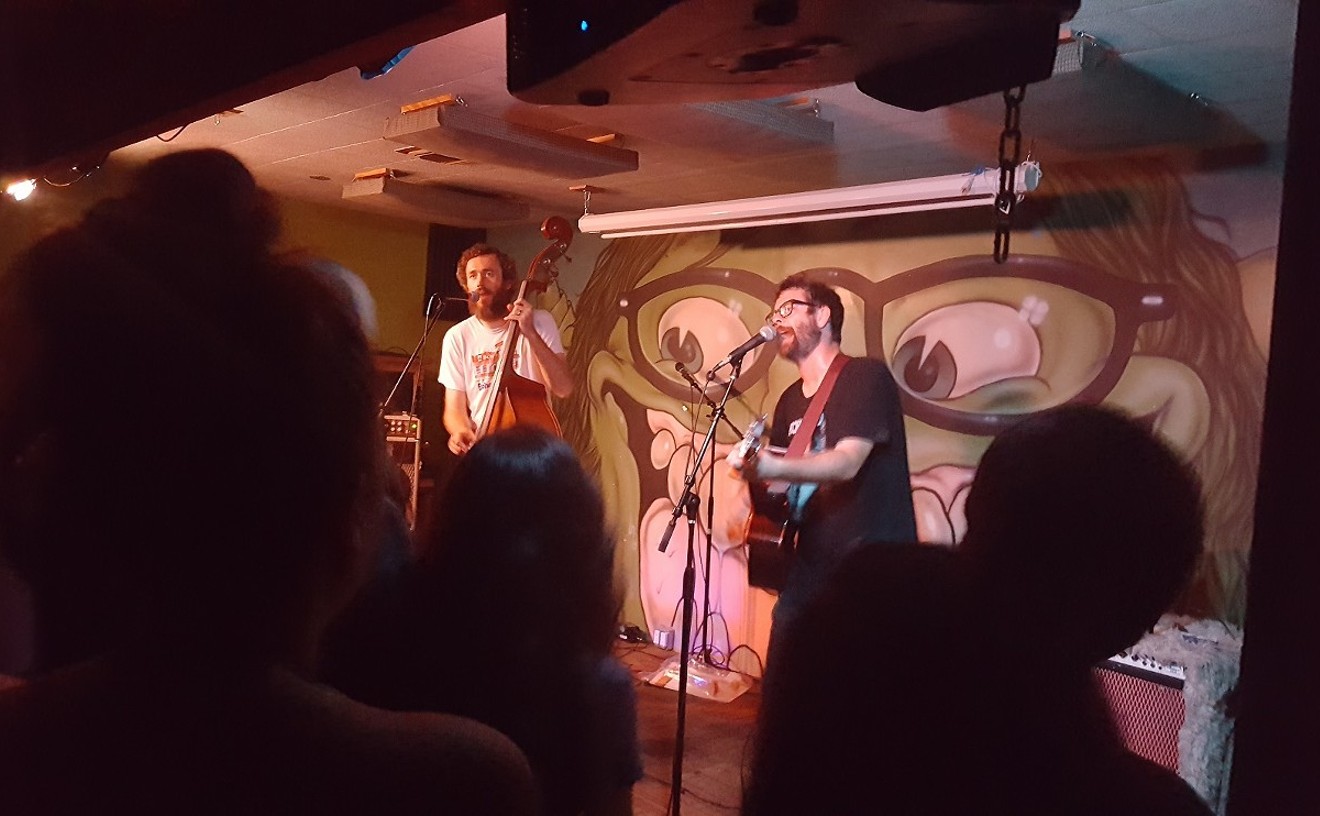Look past the sad stucco homes and the nondescript strip malls and you'll see that Phoenix is actually home to some top-notch architecture. From Midcentury Modern to downtown Art Deco and early 20th century Queen Anne cottages, here are our 10 favorite structures in metro Phoenix.
See also: 10 Best Neighborhoods in Metro Phoenix
Despite being built in 1982, Good Samaritan Hospital, still manages to maintain a futuristic aesthetic. The 12-story tower constructed out of shelled concrete was designed by Chicago architect Bertrand Goldberg, who is best known for Chicago-based works like the Marina City complex. The hospital was one of many healthcare facilities designed by Goldberg and featured nurses as the central nervous system of the structure with each floor of the 720-bed tower organized into 15-bed "clusters" surrounding the nurses stations for efficiency.
This former residential "castle" turned B-list tourist attraction isn't so much a mystery as it is just plain weird. Situated at South Mountain Park, Mystery Castle was built by Boyce Luther Gulley, a Seattle man who, upon being diagnosed with tuberculosis, headed out to Phoenix to begin constructing a palace from cheap and found materials for his daughter, Mary Lou Gulley. Tours of Mystery Castle can be arranged through its website at www.mymysterycastle.com.
Souper Salad (Formerly Western Savings Bank, Metrocenter Branch)
Despite its not-so-chic business occupants today, the former space of the Western Savings and Loan by Metrocenter Mall remains one of the coolest structures in the West Valley. Constructed in 1975 by architect W.A. Sarmiento, the building offers some distinct design features including a ribbed conical tower intended to be visible from Interstate 17. The tower was originally painted white and offered a central skylight, but those features have since been modified.
Asbury United Methodist Church
Since opening its doors in 1967, the Asbury United Methodist Church has become endearingly known as the "cupcake chapel." That's because architect Mel Ensign supposedly designed the church to resemble a crown for Jesus as well as seed from which life-baring symbols, in this case a cross, are born. Adding to the adorable factor in this pink, west Phoenix church is its size, seating only 74 guests for services presented in the round.
Situated at Central and Osborn, the Phoenix Financial Center is one of the most iconic buildings in the Valley. The signature cluster of buildings developed by David H. Murdock and designed by architect W. A. Sarmiento features two adjacent rotundas and a south-facing curved tower highlighted by 12-inch vertical slots that bring to mind the image of a 10-story punch card. The gold-accented buildings were constructed in 1964 but the original plan of creating a identical north-facing tower was never completed.
Frank Lloyd Wright may have his blueprints all over the Valley, but ASU Gammage stands as his only public building in the state. The project, which was initially commissioned in 1957 by ASU president Grady Gammage, was designed in the final years of Wright's life with the help of his aide, William Welsey Peters, who put the finishing touches on the blueprints after Wright's death. Wright's Gammage design was recycled from his earlier plans for a Baghdad opera house, which had fallen through. The eight-story building took 25 months to build and was completed in 1964.
The J.M. Evans House, also known as the "Onion Dome," certainly stands out against its more modern backdrop of downtown government buildings. The former home of Dr. J.M. Evans and later that of the Territorial Insane Asylum superintendent Oscar Mahoney was built in 1893 in the Queen Anne cottage style. In 1976, the building was added to the National Register of Historic Places and today it houses the Arizona State Archives and Public Records.
At 14 stories tall, the Luhrs Tower stands as a perfect example of the type of Art Deco architecture you hope to find in a historic metropolis. The skyscraper, located just across the street from CityScape, was erected in 1929 thanks to developer George Luhrs and El Paso architecture firm Trost & Trost. If the building looks familiar to non-locals, it might be because it appeared in Alfred Hitchcock's 1960 film Psycho.
With the exception of Robrt Pela and a select group of residents, the general public's views of the Westward Ho are limited only to its exterior. That's because since its closing in 1980 the historic 1928 hotel that once housed President John F. Kennedy, Marilyn Monroe, and plenty speakeasy-style shenanigans, was converted into HUD housing. Despite no longer being a nightlife hub or the tallest building in downtown Phoenix, the 16-story structure off Central Avenue remains an iconic staple of the city skyline.
It's not hard to see why the J.P. Morgan Chase Bank at the corner of 44th Street and Camelback Road is commonly referred to as "Flintstones Bank." The single-story building has a prehistoric-meets-futuristic aesthetic with distinguished stone work, a circular floor plan, and surreal dendrifom columns. The building was designed by Frank Henry of the the architectural firm Weaver and Drover and completed in 1968. Originally, it served as a branch space for Valley National Bank.










